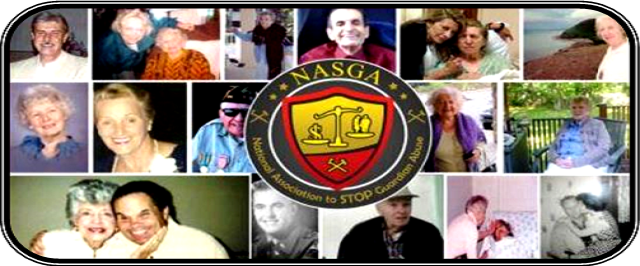 In the twenty-first century, nursing homes have become a
standard form of care for the most aged and incapacitated persons. Nearly 6
percent of older adults are sheltered in residential facilities that provide a
wide range of care. Yet such institutions have not always existed; rather, their
history and development reflect relatively recent demographic and political
realities that shape the experience of growing old. Before the nineteenth
century, no age-restricted institutions existed for long-term care. Rather,
elderly individuals who needed shelter because of incapacity, impoverishment, or
family isolation often ended their days in an almshouse. Placed alongside the
insane, the inebriated, or the homeless, they were simply categorized as part of
the community's most needy recipients.
In the twenty-first century, nursing homes have become a
standard form of care for the most aged and incapacitated persons. Nearly 6
percent of older adults are sheltered in residential facilities that provide a
wide range of care. Yet such institutions have not always existed; rather, their
history and development reflect relatively recent demographic and political
realities that shape the experience of growing old. Before the nineteenth
century, no age-restricted institutions existed for long-term care. Rather,
elderly individuals who needed shelter because of incapacity, impoverishment, or
family isolation often ended their days in an almshouse. Placed alongside the
insane, the inebriated, or the homeless, they were simply categorized as part of
the community's most needy recipients.
In the beginning of the nineteenth century, women's and church groups began to establish special homes for the elderly persons. Often concerned that worthy individuals of their own ethnic or religious background might end their days alongside the most despised society, they established—as the founder of Boston's Home for Aged Women (1850), explained—a haven for those who were "bone of our bone, and flesh of our flesh". Advocates for these asylums contrasted their benevolent care with the horrors of those who were relegated to the almshouse. "We were grateful," wrote the organizers of Philadelphia's Indigent Widows' and Single Women's Society, one of the nation's earliest old age homes, in 1823, "that through the indulgence of Divine Providence, our efforts have, in some degree, been successful, and have preserved many who once lived respectfully from becoming residents of the Alms House".
Although designed for those without substantial familial support, these early homes still generally required substantial entrance fees and certificates of good character. Through these policies, the founders strove to separate their own needy poor from, as the Boston founder explained, foreigners who "have taken possession of the public charities. . .as they have of the houses where our less privileged classes formerly resided".
Not surprisingly, perhaps, throughout the nineteenth century the numbers of elderly people who found shelter in these institutions was rather limited. In 1910 the state of Massachusetts, reported that 2,598 persons resided in such asylums. The great majority of these individuals were widowed and single women who had lived their entire lives, or at least a great proportion, as citizens of the state. Although the institutions were hardly palatial, the amount spent on each resident was far greater than the allocation for each almshouse resident. Much as their founders had hoped, the nineteenth-century old-age home operated to differentiate the "worthy" old of a particular religion or ethnic group from the most needy and desperate of the aged population.
Full Article and Source:
FATE: The History of Nursing Homes

1 comment:
I have heard of FATE. I believe they do good work.
Post a Comment